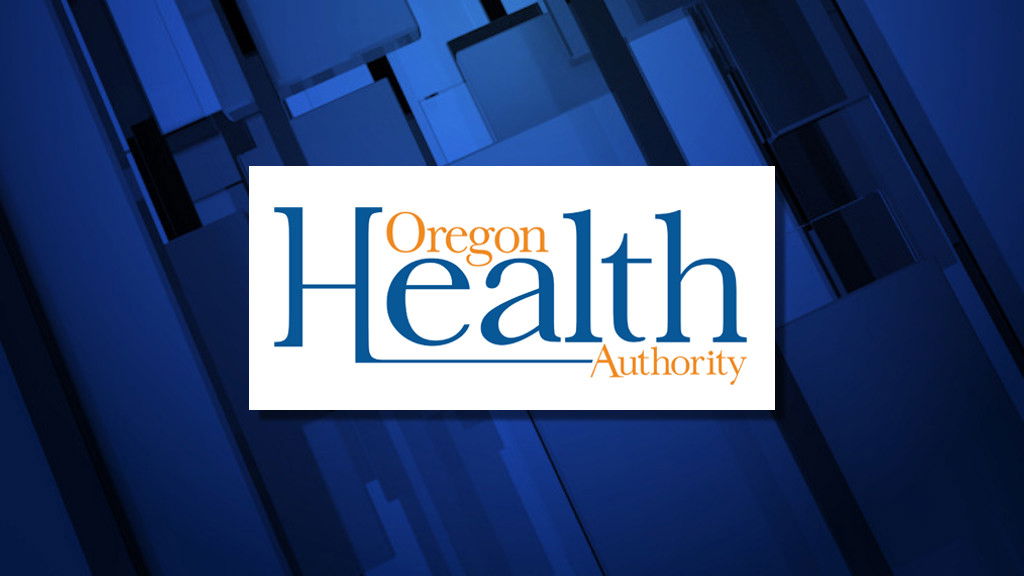Measure 110 drug abuse treatment providers serve more than 60,000 Oregonians in early efforts

SALEM, Ore. (KTVZ) — Combined Measure 110 funding reached more than 60,000 Oregonians with substance use disorder treatment and other support during the earliest phases of implementation, according to financial and operational reports filed with Oregon Health Authority.
The reporting shows that Measure 110 providers served more than 18,000 over the first three months of operation from June 1 through Sept. 30 — during a time when the service networks were still being established statewide.
That first round of reporting shows that the early Behavioral Health Resource Network (BHRN) providers spent over $10 million on network infrastructure in that early phase. The reporting largely encompasses smaller networks almost exclusively in rural areas of the state that were funded during the early implementation.
An earlier round of Measure 110-related funding called Access to Care grants — $34.5 million in bridge funding to approximately 70 statewide service providers before the formal Measure 110 rollout — ultimately reached more than 42,000 people who received substance use disorder treatment and additional support ranging from harm reduction to temporary housing.
The early financial reporting provides a preliminary account of services and spending. Measure 110 providers receive their funding on a quarterly basis. Because of this, many had not received their first quarterly payment during that first reporting period. OHA is continuing to work with providers to ensure that all data is collected.
As of July 1, the Oversight and Accountability Council (OAC), which is responsible for awarding Measure 110 grants, had approved 19 BHRNs and $72 million in funding.
The first BHRN was approved last May. The last, in Jackson County, was approved Aug. 31.
In all, the OAC obligated $265 million to 42 BHRNs and 11 tribal partners.
These service networks now exist in every Oregon county. Each offers a comprehensive array of community-based and culturally specific services for anyone seeking treatment, regardless of their ability to pay.
The initial data reflects the logistical and operational challenges that many providers confronted in building this first-in-the-nation system of care for substance use and addiction. Some of the reporting organizations were startup collaboratives; many others had to quickly accelerate and expand their existing operations to meet the required service demands of Measure 110 funding.
The data shows that BHRN providers spent approximately $3.1 million for hiring employees and other ramp-up expenses, and about $4.8 million for building construction and other necessary foundational investments to build and sustain a long-term drug treatment infrastructure in Oregon.
Over the next year, as the service networks are fully realized, these long-term investments will shift toward maintaining treatment services and supports, providing a more comprehensive assessment of Measure 110’s effectiveness.
“These preliminary reports show that local programs are putting Measure 110 funds to use and giving people who are using drugs access to life-saving treatment, harm reduction, housing and other supports,” said OHA Director James Schroeder. “While these are still early and partial reports, Measure 110 services are beginning to ramp up across the state. We’ll continue to share these progress reports each quarter.”
“The previous system that existed to address substance use was in place for 50 years, and our new system is moving as quickly as possible to become fully operational,” said OAC Tri-Chair Blue Valentine.
“Measure 110 funding has provided innovative ways for behavioral health providers in our communities to provide trauma-informed and culturally specificservices to thousands of people seeking these services, “said OAC Tri-Chair LaKeesha Dumas.
The reports yielded several examples of Measure 110 dollars making an immediate impact for communities and for people in need.
- OnTrack, Inc., in Medford, an organization that provides support services for youth, adults and families, is renovating a home to provide transitional housing for people who are transitioning from residential treatment settings and are awaiting full-time housing placement. Once complete, the home will provide housing for five to seven adults for up to six months.
- Faith, Hope, and Charity, which is based in Corvallis but serves Linn County, hired three peer support specialists who provide outreach and support for houseless people. As a result, they were able to assist 25 additional clients with services ranging from applying for health insurance, temporary housing, food, employment, and drivers’ licenses.
- The Marie Equi Institute in Portland purchased and distributed harm reduction supplies for houseless people and others who work or live close to people at high risk for overdose. They have also used the additional funding for online and in-person classes on how to administer naloxone to people experiencing overdoses.
The deadline for the next round of reporting is in April for expenditures and clients served from October through December 2022.
More about the early data reports can be found on the Measure 110 web page.
Background: In November 2020, Oregon voters passed Measure 110, the Drug Addiction Treatment and Recovery Act of 2020, which became effective Dec. 4, 2020, to better serve people actively using substances or diagnosed with a substance use disorder. In July 2021, the legislature passed SB 755, which amended the act and made it more feasible to implement.
People who provide drug treatment and recovery services and advocates for criminal justice reform wrote Measure 110 in response to the high rate of drug addiction and overdoses in Oregon, and the disproportionate impact of those outcomes on Oregon’s communities of color.
Their goal was to establish a more equitable health-based and effective approach to substance use disorder.